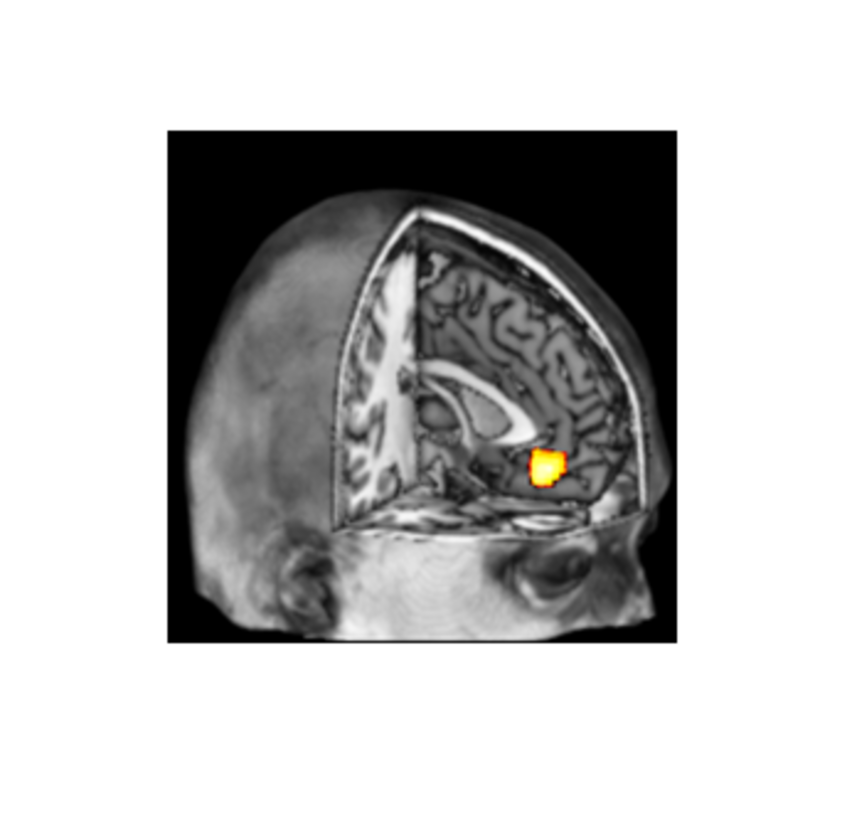Brain on Art

Brain on Art
That the world outside we see is real is a delusion. A good example is colour perception. Colour does not exist in physical nature but only emerges in our mind when certain wavelengths of light hit upon photoreceptors of the retina. Colour is, thus, subjective experience. So is beauty. Then how we study beauty and other aesthetic experiences? In addition to delicate psychophysical experiments, we use neuroimaging techniques which allow us to study brain activity correlating to the psychological processes. Studies so far have revealed how the brain functions when judging aesthetic values (such as beauty, ugliness, sublimity, sorrow, etc.), and how they differ from when judging physical features of stimuli, i.e. luminosity. In on-going projects, we want to take these researches a step further to learn the relationship between social influences and aesthetics appreciation made by an individual. As John Donne wrote “no man is an island”, we are social creatures and tied to each other influencing and being influenced all time. Art inevitably has this dynamic interaction. We are currently studying what brain mechanisms underlie when social contexts influence aesthetic judgments.
Superimposed functional image to show a brain area, medial obitofrontal cortex (mOFC) (yeallow), whose activity correlates with the experience of visual and musical beauty revealed by functional magnetic resonance imaging.
Contact:
Matthew Pelowski:
matthew.pelowski@univie.ac.at
Helmut Leder:
helmut.leder@univie.ac.at
Tomohiro Ishizu:
tm.ishizu@gmail.com
